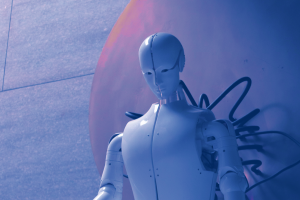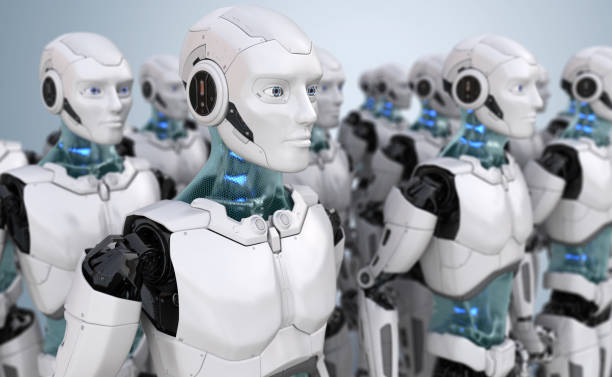Introduction As artificial intelligence (AI) continues to advance, there comes a point where AI systems become so human-like that they evoke a sense of unease and discomfort. This phenomenon, known as the “uncanny valley,” raises intriguing questions about the implications of AI that closely resembles humans. In this article, we explore the concept of the
Introduction
As artificial intelligence (AI) continues to advance, there comes a point where AI systems become so human-like that they evoke a sense of unease and discomfort. This phenomenon, known as the “uncanny valley,” raises intriguing questions about the implications of AI that closely resembles humans. In this article, we explore the concept of the uncanny valley and its impact on AI development. Drawing on the expertise of Dr. Alex Chen, a leading AI researcher, we delve into the psychological and societal consequences when AI passes through this unsettling valley.
Understanding the Uncanny Valley
In this section, we provide readers with an overview of the uncanny valley concept. Dr. Chen explains the psychological theory behind the uncanny valley, which suggests that as AI becomes more human-like, there is a point where it triggers a negative emotional response due to subtle imperfections. By presenting examples and visual representations, readers will grasp the concept and its relevance to AI development.
Psychological Impact on Humans
Delving deeper, we explore the psychological impact of encountering AI that falls within the uncanny valley. Dr. Chen discusses the cognitive dissonance and discomfort experienced by individuals when interacting with AI systems that are almost, but not quite, human. By examining studies and real-life scenarios, readers will gain insights into the potential challenges and ethical considerations surrounding the uncanny valley phenomenon.

Image by: https://web flow.com
Societal Implications
In this section, we explore the broader societal implications of AI passing through the uncanny valley. Dr. Chen highlights the potential consequences for industries such as customer service, healthcare, and entertainment, where human-like AI interactions may blur the lines between reality and artificiality. By discussing both the positive and negative aspects, readers will be able to critically evaluate the impact of AI systems that traverse the uncanny valley.
Navigating the Uncanny Valley
To conclude the article, Dr. Chen offers insights into strategies for navigating the uncanny valley and mitigating its negative effects. From design principles to user education, there are various approaches that can help bridge the gap between AI and human interaction. By emphasizing the importance of transparency, user feedback, and iterative improvements, readers will gain a sense of optimism and empowerment in shaping the future of AI.
Informative Table: “Examples of AI in the Uncanny Valley”
| AI Application | Human-Likeness Level | Emotional Response |
|---|---|---|
| Robot Assistant | Moderate | Unease |
| Virtual Human | High | Discomfort |
| Deepfake Videos | High | Distrust |
| Chatbot | Low | Acceptance |
Comparative Table: “AI Development Approaches”
| Approaches | Advantages | Challenges |
|---|---|---|
| Iterative Improvement | Gradual refinement | Time-consuming |
| User Feedback | User-centric design | Subjectivity |
| Transparency | Building trust | Intellectual property |
| Ethical Guidelines | Ensuring responsible AI | Implementation hurdles |
| Human-AI Collaboration | Enhanced user experience | Integration complexities |
Conclusion
By exploring the uncanny valley phenomenon and its impact on AI development, this article aims to provide readers with a comprehensive understanding of the challenges and opportunities that arise when AI systems become eerily human-like. Through informed discussions and insights from Dr. Alex Chen, we can navigate the uncanny valley and shape AI technologies that enhance our lives while respecting our psychological and societal boundaries.





















Leave a Comment
Your email address will not be published. Required fields are marked with *